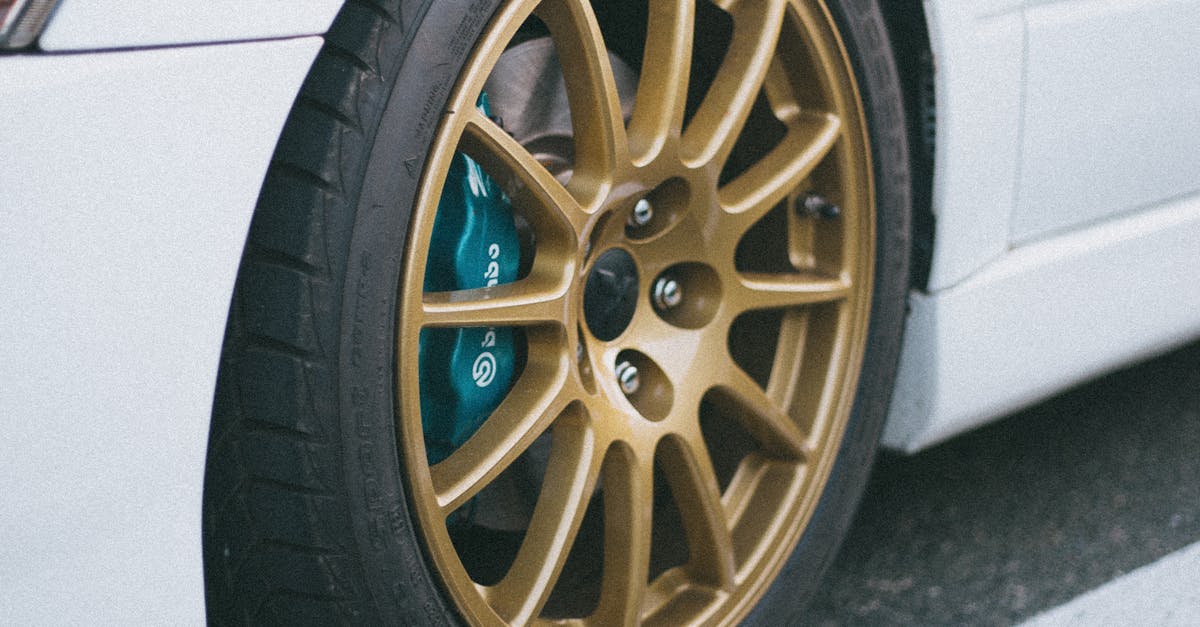The Delicate Strength of Gold: Exploring Hardness and Durability

Gold is a precious metal coveted for its beauty, luster, and versatility. As you adorn yourself with exquisite gold jewelry or marvel at intricate gold artifacts, have you ever pondered the intrinsic properties that make this metal so exceptional? In this article, we embark on a journey to unravel the fascinating world of gold, exploring its hardness, durability, and the remarkable ways it can be transformed through alloying. Let’s delve into the captivating allure of gold, uncovering the secrets that make it an enduring symbol of elegance and value.
Key Insights
- Gold is a relatively soft metal, making it susceptible to wear and scratches.
- Alloying gold with other metals, such as copper or silver, can significantly enhance its durability and strength.
- The karat value of a gold alloy indicates the proportion of pure gold in the alloy, with higher karat values indicating a softer and more malleable alloy.
- Common gold alloys include 10k, 14k, 18k, and 24k, each with unique properties and applications.
- The durability of gold jewelry is influenced by factors such as purity, thickness, design, and proper care and maintenance.
1. Gold’s Mohs Hardness: A Measure of Softness
2. Durability Challenges of Soft Gold

Gold’s softness, while an asset in crafting intricate designs, also presents certain durability challenges. Its susceptibility to wear, scratches, and deformation means that gold jewelry and other objects require careful handling and maintenance. Pure gold, with a Mohs hardness of 2.5, is particularly prone to damage. However, alloying gold with other metals, such as copper or silver, can significantly enhance its durability. By understanding the factors that affect gold’s durability, we can make informed choices about the care and maintenance of our treasured gold possessions.
3. Alloying Gold for Enhanced Durability
4. Common Gold Alloys and Their Properties

The world of gold alloys is vast and varied, with each combination offering a unique set of properties tailored to specific applications. Among the most common gold alloys are 10k, 14k, 18k, and 24k. These alloys are designated by their karat value, which indicates the proportion of pure gold in the alloy. For instance, 10k gold contains 10 parts gold and 14 parts other metals, while 24k gold is pure gold. The higher the karat value, the softer and more malleable the alloy becomes, but also more susceptible to wear and tear. Conversely, lower karat gold alloys are more durable and resistant to damage, but may have a less vibrant gold color. Understanding the properties of different gold alloys allows us to make informed choices when selecting jewelry or other gold items, ensuring that they meet our needs and preferences.
5. Applications of Gold Alloys in Jewelry and Industry
6. Factors Affecting Gold’s Durability
The durability of gold is not solely determined by its hardness or alloy composition. Several other factors come into play, each contributing to the longevity and resilience of gold items. Purity, thickness, and design all have a significant impact on gold’s ability to withstand wear and tear. Higher purity gold, such as 24k, is softer and more prone to scratches and deformation compared to lower purity gold alloys. Thickness plays a crucial role as well; thicker gold items are naturally more durable than their thinner counterparts. Lastly, the design of a gold item can affect its durability. Intricate designs with delicate elements may be more susceptible to damage than simpler, sturdier designs. Understanding these factors empowers us to make informed choices when selecting and caring for gold jewelry or other items, ensuring that they retain their beauty and value for years to come.
7. Tips for Maintaining Gold Jewelry
Preserving the beauty and longevity of gold jewelry requires proper care and maintenance. Here are some practical tips to ensure your treasured gold pieces remain radiant for years to come:
Storage: Store gold jewelry in a cool, dry place away from direct sunlight and excessive heat. Avoid storing gold jewelry in plastic bags, as they can trap moisture and lead to tarnishing. Instead, opt for soft, fabric-lined jewelry boxes or airtight containers with anti-tarnish strips.
Cleaning: Clean gold jewelry regularly to remove dirt, oils, and other contaminants that can dull its shine. Use a mild dish soap solution and a soft, lint-free cloth. Avoid using harsh chemicals or abrasive cleaners, as they can damage the gold.
Handling: Handle gold jewelry with care to prevent scratches and dents. Avoid wearing gold jewelry during strenuous activities or when handling harsh chemicals. When putting on or taking off gold jewelry, do so gently to prevent snagging or breaking.
Following these simple tips will help maintain the beauty and longevity of your gold jewelry, ensuring it remains a cherished possession for generations to come.
What is the difference between gold purity and gold karat?
Gold purity refers to the percentage of pure gold in an alloy, while gold karat is a measure of the proportion of gold to other metals in an alloy. 24 karat gold is pure gold, while 18 karat gold contains 75% gold and 25% other metals.
Can gold jewelry be repaired if it is damaged?
Yes, gold jewelry can be repaired by a jeweler. Common repairs include soldering broken chains, replacing lost stones, and resizing rings.
How often should I have my gold jewelry cleaned?
It is recommended to have your gold jewelry cleaned every few months to maintain its shine and prevent tarnishing.
Key Insights
| Key Insight | Description | |—|—| | Gold’s softness makes it prone to wear and scratches. | Gold has a Mohs hardness of 2.5-3, making it relatively soft and susceptible to damage. | | Alloying enhances gold’s durability. | Mixing gold with other metals, such as copper or silver, can significantly increase its strength and resistance to wear. | | Karat value indicates the purity of gold alloys. | The karat value represents the proportion of pure gold in an alloy, with higher karat values indicating a softer and more malleable alloy. | | Common gold alloys have distinct properties. | Alloys like 10k, 14k, 18k, and 24k have unique combinations of gold and other metals, resulting in different properties and applications. | | Gold jewelry durability depends on several factors. | Purity, thickness, design, and proper care and maintenance all influence the durability of gold jewelry.